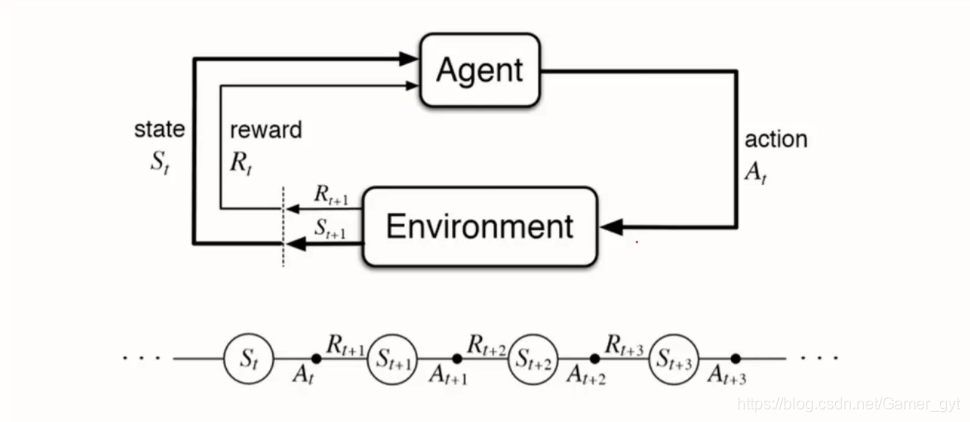SLAM导航中的强化学习:自主导航与决策
发布时间: 2024-07-14 21:56:20 阅读量: 92 订阅数: 38 


# 1. SLAM导航概述**
**1.1 SLAM导航的概念和原理**
SLAM(即时定位与地图构建)导航是一种机器人技术,它允许机器人同时构建其周围环境的地图并确定其自身的位置。SLAM导航系统使用传感器(如激光雷达或摄像头)收集环境数据,然后使用这些数据来构建地图并估计机器人的位置。
**1.2 SLAM导航的挑战和应用**
SLAM导航面临着许多挑战,包括:
* **不确定性:**传感器数据通常存在噪声和不确定性,这会影响地图的准确性和机器人的定位。
* **动态环境:**环境可能会随着时间的推移而变化,这需要SLAM系统能够适应这些变化。
* **计算复杂性:**SLAM算法通常需要大量的计算资源,这可能会限制其在实时应用中的使用。
尽管面临这些挑战,SLAM导航在许多应用中都很有用,包括:
* **自主导航:**SLAM导航使机器人能够在没有人类干预的情况下自主导航。
* **地图绘制:**SLAM导航可以用于创建环境的高精度地图。
* **定位:**SLAM导航可以用于跟踪机器人的位置,即使在GPS信号不可用或不可靠的情况下。
# 2. 强化学习在SLAM导航中的理论基础
### 2.1 强化学习的基本概念和算法
**2.1.1 强化学习概述**
强化学习是一种机器学习范式,它允许代理在与环境交互时学习最优行为。与监督学习不同,强化学习中没有明确的训练数据集,代理必须通过试错来探索环境并发现最佳行动策略。
**2.1.2 马尔可夫决策过程 (MDP)**
MDP是强化学习中常用的数学模型,它描述了代理与环境之间的交互。MDP由以下元素组成:
* **状态空间 (S):**代理可能处于的所有状态的集合。
* **动作空间 (A):**代理在每个状态下可以执行的所有动作的集合。
* **转移概率 (P):**给定当前状态和动作,转移到下一个状态的概率。
* **奖励函数 (R):**代理执行特定动作后收到的奖励。
**2.1.3 强化学习算法**
强化学习算法的目标是找到一个策略,使代理在给定MDP中获得最大累积奖励。常用的强化学习算法包括:
* **值迭代:**迭代计算每个状态的价值函数,即从该状态开始执行最优策略所能获得的期望累积奖励。
* **策略迭代:**迭代更新策略,使每个状态下执行的行动都能最大化价值函数。
* **Q学习:**一种无模型的强化学习算法,它直接学习状态-动作对的价值函数。
### 2.2 强化学习在SLAM导航中的应用
强化学习在SLAM导航中具有广泛的应用,因为它可以帮助代理学习在未知环境中自主导航和决策。
#### 2.2.1 状态空间和动作空间的定义
在SLAM导航中,状态空间通常由代理的位置、朝向和环境地图组成。动作空间由代理可以执行的动作组成,例如移动、旋转和扫描环境。
#### 2.2.2 奖励函数的设计
奖励函数是强化学习的关键元素,它定义了代理在执行特定动作后的奖励。在SLAM导航中,奖励函数通常基于代理完成任务的效率和准确性。例如:
* 成功导航到目标位置:正奖励
* 避免与障碍物碰撞:正奖励
* 探索新区域:正奖励
* 误导定位:负奖励
#### 2.2.3 策略评估和优化
一旦定义了状态空间、动作空间和奖励函数,就可以使用强化学习算法来评估和优化策略。策略评估涉及计算给定策略下每个状态的价值函数。策略优化涉及寻找一个策略,使价值函数最大化。
**代码示例:**
```python
import gym
from stable_baselines3 import DQN
# 创建SLAM导航环境
env = gym.make('SLAM-v0')
# 创建强化学习模型
model = DQN('MlpPolic
```
0
0





